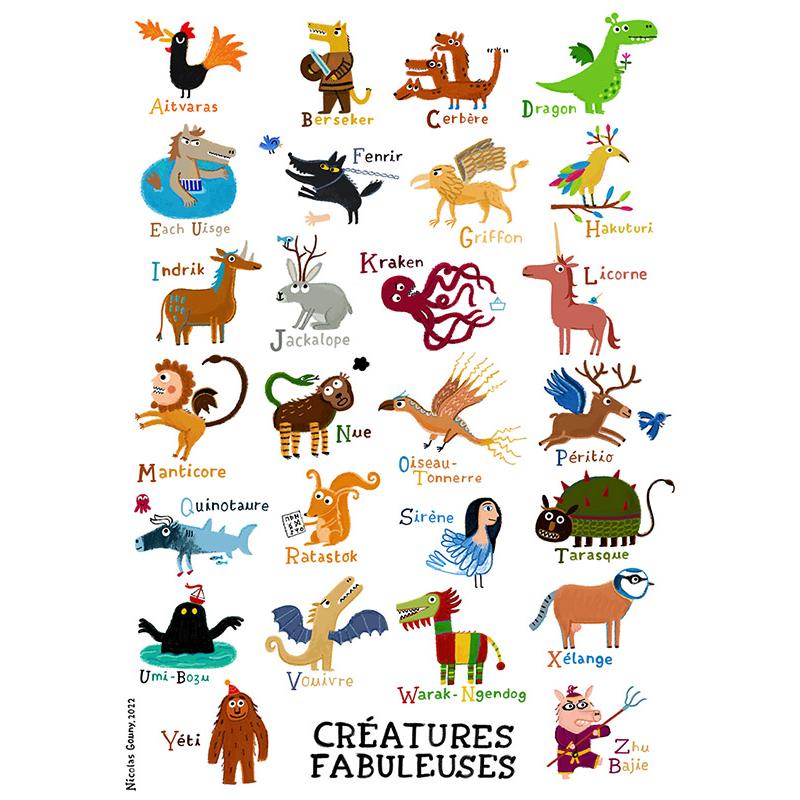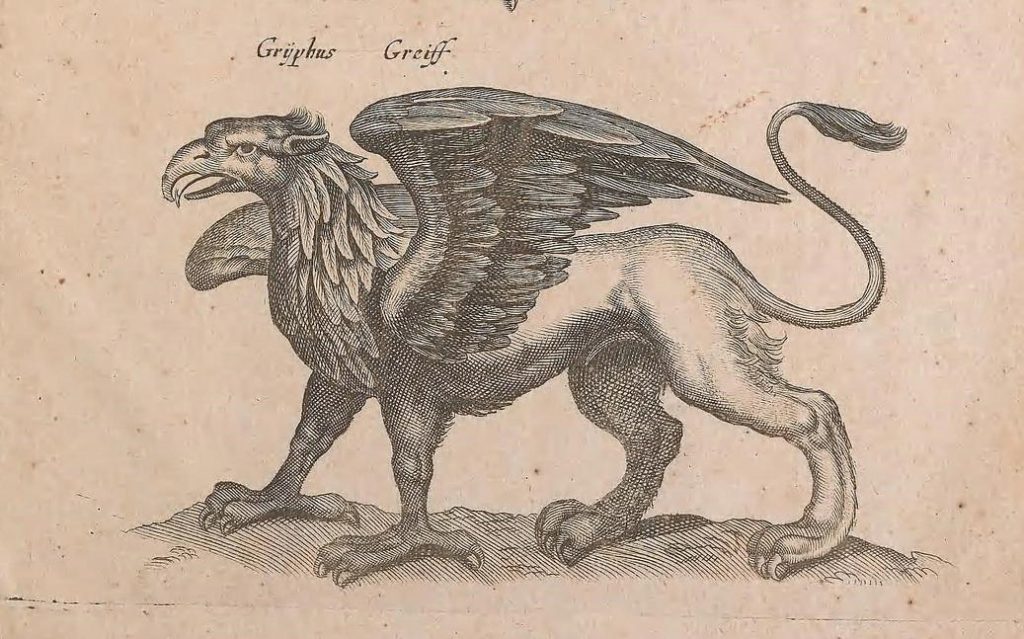In the quiet corners of ancient forests and beneath the sprawling skies of distant plains, stories have woven themselves into the fabric of human history, each thread spun from the observations and imaginations of our ancestors. The vast expanse of the globe is home to a rich tapestry of myths and legends, many of which feature the animal kingdom as their central protagonists. From cunning foxes to majestic lions, these creatures have been endowed with traits that reflect human virtues and vices, serving as vessels for moral lessons, cultural values, and the mysteries of the natural world. As we embark on this journey through the folklore of diverse societies, we will uncover how animals have transcended the boundaries of mere existence to embody the hopes, fears, and aspirations of people across time. Through the lens of these enchanting tales, we will explore not only the significance of these animal figures within their respective cultures but also the universal themes that resonate through their stories, revealing a profound connection between humanity and the animal realm that is as relevant today as it was in ages past.
Table of Contents
- The Fascination of Animal Symbols in Ancient Cultures
- Unraveling the Stories Behind Legendary Creatures
- The Role of Animals in Folklore and Moral Teachings
- Preserving Myths: Recommendations for Documentary Exploration
- In Conclusion
The Fascination of Animal Symbols in Ancient Cultures
![]()
The use of animal symbols in ancient cultures is a testament to humanity’s longstanding relationship with the natural world. Animals were not only seen as companions and foes but were also woven into the very fabric of mythologies that defined societal norms and spiritual beliefs. Various civilizations employed distinct animals to convey complex ideas and moral lessons, drawing connections between the human experience and the traits exhibited by these creatures. For instance, in Egyptian culture, the lion symbolizes strength and royalty, while the ibis represents knowledge and wisdom, often associated with the god Thoth. Similarly, the eagle of the Romans epitomized courage and power, serving as a fitting emblem for their legions.
Moreover, across different regions, these animal symbols often shared remarkable similarities, influenced by the environment and the roles these creatures played in daily life. For example, the wolf appeared in both Native American folklore and Norse mythology, representing attributes like loyalty and ferocity. While one culture might depict the wolf as a guardian spirit, another might view it as a foe or a trickster. This cross-cultural fascination gives rise to a myriad of connections, creating rich tapestries of stories that reveal humanity’s universal themes of survival, morality, and respect for the world around us. The following table outlines a few prominent animal symbols and their meanings across cultures:
| Animal | Cultural Symbol | Associated Traits |
|---|---|---|
| Lion | Egyptian | Strength, Royalty |
| Owl | Greek | Wisdom, Knowledge |
| Dragon | Chinese | Power, Good Fortune |
| Wolf | Norse | Loyalty, Ferocity |
| Eagle | Roman | Courage, Freedom |
Unraveling the Stories Behind Legendary Creatures

Throughout centuries, cultures around the world have woven intricate tapestries of legends and myths, often anchored by the enigmatic presence of animals. Each creature carries a narrative that transcends its physical form, embodying lessons, fears, and spiritual significance. For instance, the Phoenix, a symbol of rebirth in various mythologies, teaches resilience and renewal. Contrastingly, the Yeti, or the Abominable Snowman, exists at the intersection of legend and fear, igniting curiosity about the unknown in the Himalayan wilderness. The diversity of these tales showcases a collective human experience, inviting exploration and fostering connections across different societies.
Within these mythical stories, animals often serve dual roles as harbingers of fortune or as omens of impending doom. In ancient Egyptian culture, the Cat, revered for its grace and hunting abilities, was regarded as a guardian against evil spirits, while in some native American tribes, the Coyote represents cunning and trickery, challenging many to reconsider their perceptions of intelligence and survival. To illustrate the rich variety of animal myths, here is a simple table encapsulating a few notable creatures and their cultural significance:
| Creature | Culture | Symbolism |
|---|---|---|
| Dragon | Chinese | Strength and auspiciousness |
| Kraken | Nordic | Fear of the sea’s unknown |
| Chimera | Greek | Transformation and chaos |
| Jackalope | American | Whimsy and folklore |
The Role of Animals in Folklore and Moral Teachings
Throughout history, animals have played a pivotal role in folklore, acting as vessels for moral lessons and cultural reflections. These stories often showcase animals embodying human traits, teaching virtues such as courage, wisdom, and foolishness. For instance, in many African folktales, the clever fox often outsmarts all other creatures, portraying the value of intelligence over brute strength. Similarly, in Native American traditions, the mighty eagle symbolizes wisdom and freedom, with tales crafted to encourage respect for nature and the spirit world. Such narratives help to communicate complex ideas in an accessible manner, bridging social and generational gaps through their shared symbolism.
The moral teachings embedded within these animal stories often serve as mirrors to societal values and concerns. Across various cultures, one may encounter common archetypes that resonate with the human experience. Notable examples include:
- The Tortoise and the Hare: A classic tale emphasizing patience and perseverance over arrogance and haste.
- The Lion and the Mouse: Illustrating the idea that kindness is never wasted, regardless of one’s size.
- The Ant and the Grasshopper: A lesson on the importance of hard work and planning for the future.
Whether celebrated in the bustling libraries of Japan, the vibrant communities of West Africa, or the vast landscapes of North America, these animal fables hold a timeless essence. They serve not only to entertain but also as guides, urging individuals to reflect on their own actions and the consequences that follow, thereby embedding moral principles into the very fabric of each civilization.
Preserving Myths: Recommendations for Documentary Exploration
To delve into the rich tapestry of animal myths and legends, consider exploring various mediums and resources that bring these age-old stories to life. Documentary films are a potent way to visualize these myths: they combine narratives, expert insights, and spectacular visuals that encapsulate the essence of different cultures. When selecting documentaries, pay attention to the following:
- Credibility of Sources: Look for works produced by reputable filmmakers and organizations that specialize in anthropology or cultural studies.
- Cultural Diversity: Aim for documentaries that cover a wide range of cultures to provide a more comprehensive perspective on animal mythology.
- Engaging Storytelling: Select films that weave narratives effectively, employing storytelling techniques that resonate with viewers.
In addition to visual media, books and scholarly articles offer profound insights into the subject matter. These texts often unpack the symbolism and significance behind various animal legends. When searching for reading material, focus on:
- Illustrative Examples: Choose books that not only discuss myths but also include illustrations or visuals to deepen the understanding of animal representations.
- Comparative Studies: Find works that draw parallels between myths from different cultures, shedding light on universal themes.
- Accessible Language: Select sources that communicate complex ideas in a clear, engaging manner, making them suitable for a wider audience.
| Media Type | Examples | Key Features |
|---|---|---|
| Documentary Films | “Mythical Beasts: Untold Stories”, “The Secret World of Myth” | Narrative richness, visual storytelling |
| Books | “Animal Myths: Creatures of Lore”, “Legends of the Wild” | Illustrated, comparative cultural analysis |
| Scholarly Articles | Journal of Myth and Folklore | In-depth analysis, peer-reviewed |
In Conclusion
As we delve into the animal myths and legends that span across varied cultures, we unearth not just stories, but the truths and values that bind humanity through time and space. From the sacred wolves of Native American lore to the cunning foxes of East Asian fables, each tale serves as a testament to our enduring relationship with the natural world. These narratives, rich in symbolism and steeped in historical significance, reflect humanity’s collective curiosity, fears, and reverence for creatures that share our planet.
In many ways, these animal figures are more than just characters in folklore; they embody the hopes, moral lessons, and cautionary tales that have shaped societies for generations. They remind us that the line between man and beast is often blurred, highlighting our interconnectedness within the tapestry of life. As we journey through this world of myths and legends, we are encouraged to look beyond the surface, to question, and to contemplate our roles in the greater ecosystem.
In the echo of these stories lies a universal truth: whether they soar through the skies, roam the forests, or dwell in the depths of the oceans, animals have always had much to teach us. They invite us to listen, to learn, and to appreciate the rich diversity of life that surrounds us. As we close this exploration of animal myths and legends, may we carry with us the wisdom they impart, allowing their timeless messages to resonate in our lives and inspire our interactions with the world around us.



